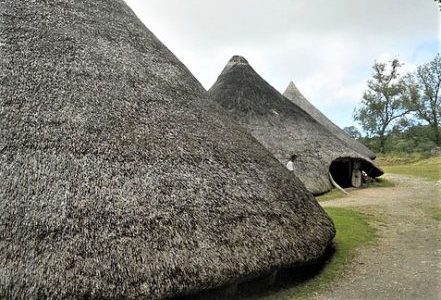
Before Old English
There were probably two related Indo-European tongues with Semitic layers in Britain before Old English. One was mainly in the hilly west and developed into Welsh, Scottish Gaelic, Irish, Manx and Cornish. In the eastern flatlands adjacent to now-flooded Doggerland, this was mixed with languages of northern Germany and Old Frisia, which included parts of Denmark and the Netherlands.
Modern Lithuanian is thought to be the most similar to an original Indo-European language from which the Germanic group grew. Then came the West Germanic sub-group and the Anglo-Frisian branch as populations spread north-west over the European continent and Britain. After Doggerland was flooded and the English Channel was formed, possibly as late as 3,800BC, the island people were largely separated from European linguistic influence, for a while at least.
Anglo-Frisian came about through several changes in vocalisation. It includes the Old Frisian languages and the languages of Britain. This means that English shares its roots with Dutch, German, Yiddish, Frisian, Icelandic, Swedish, Norwegian and Faroese. Only a quarter of present-day English words are Germanic but these do tend to be the ones most often used. Furthermore, many linguists consider Dutch to be the easiest language for native English-speakers to learn.
(Image: Row17 at geograph.org.uk / CC BY-SA 2.0)
